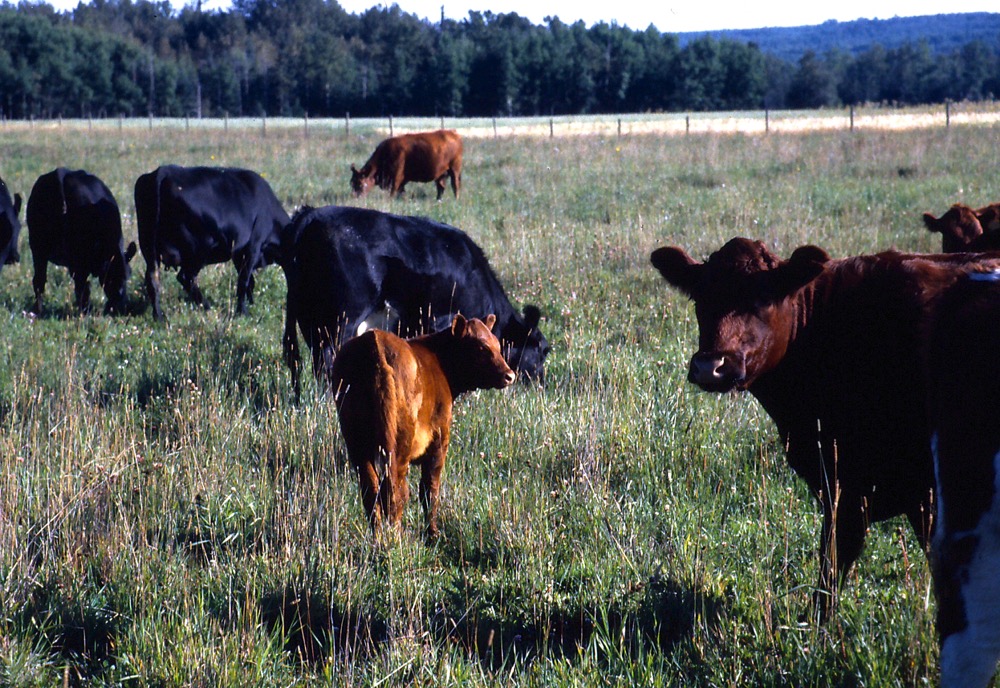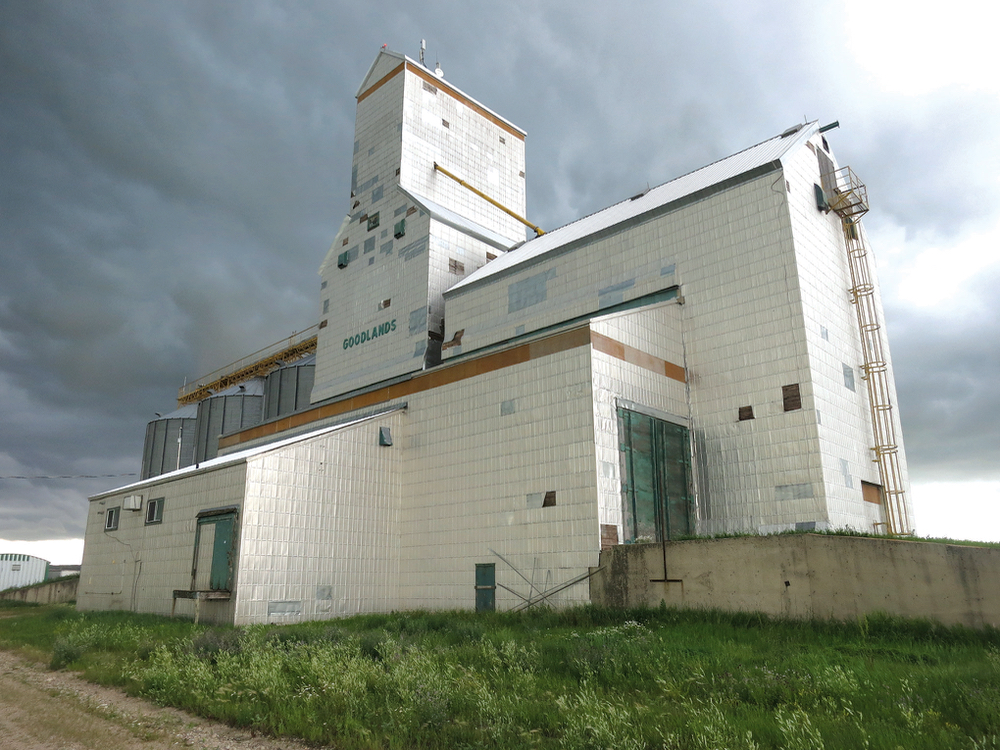In most tellings, Brandon is a city that appeared from nowhere, fuelled by agricultural settlement.
In 1881 it was a single shanty, and just 12 months later it was the province’s first western city, the Wheat City.
Local history buffs will recount how rail plans were moved 50 kilometres south in the 1870s, in line with the Assiniboine River, and how Grand Valley was eyed as a major stop on the line, only for rail officers to become disillusioned with the town and choose what is now Brandon, several miles away, instead.
Read Also

AgriStability enrolment deadline extended
The deadline for Manitoba farmers to enroll in the AgriStability business risk management program has been extended by three months agriculture minister Ron Kostyshyn announced on Friday.
“Brandon has never been a village, nor a town,” MacDonald Coleman wrote in his book, The Face of Yesterday, an excerpt of which now graces the City of Brandon website. “It did not have time to pause at such intermediate steps. It was created with such stunning suddenness that it has always been a city.”
But while that tale is ever popular and often repeated, it also leaves out a vast swath of history from long before Sir John A. Macdonald brought up the idea of Confederation.
Greg Steele, along with 20 years’ worth of artifacts currently on display at the Brandon General Museum and Archives, hopes to partially fill that gap.
Fur trade roots
A long student of Canadian history with a particular interest in the fur trade, Steele has travelled to over 50 communities from coast to coast, finding everything from shards of pottery, beads and flint to iron tools left in the ruins of what were once trading posts lining Canada’s major waterways.

What he cannot find, he recreates, and his collection includes replicas he has obtained of clothing and gear worn by both voyageurs and Indigenous hunters, canoe oars, a flintlock rifle, trade goods, animal pelts, uniforms in the style of the North-West Mounted Police and bows like those of local Indigenous people at the time.
“We find buffalo teeth, bone of various kinds, vertebrae, and all of that would tell you that the animals had been killed and butchered there,” he said of one site he has explored, along Highway 10 in western Manitoba.
“The other thing we found was some tiny flakes of flint,” he added, noting that flint is often proof of human activity since the mineral is not natural to the area.
The region around Brandon has been a repeat stop for Steele, often yielding hints of a time before Europeans migrated there en masse, but which left a lasting legacy.
The very name, “Brandon,” is believed to stem from Brandon House, a Hudson’s Bay Company outpost that saw the dying days of the fur trade, although Coleman’s book adds that the city was named after the Blue Hills of Brandon, which were themselves named after the trading post.
Strategic
From 1793 to 1832, Brandon House was a waypoint for supplies, beaver pelts and other furs. The location was strategic, perched near the fork of the Assiniboine and Souris rivers and therefore a window to southern trade as the Souris River dipped close to the Missouri River trade route, according to records from the Manitoba Historical Society (MHS).

Between 1793-1824, several versions of Brandon House were built, Steele said, while the final location six miles upstream from the mouth of the Souris River saw the tail end of trade posts in the region and was in operation for only four years (1828-32) before the governor of the Hudson’s Bay company reported all Brandon House posts closed.
“It was a number of different locations on the Assiniboine River itself,” Steele said. “I have actually gone picking — looking for artifacts, if you will — looking for camp sites or kill sites along the Souris River Valley.”
But while Brandon House is the post that inspired the name, it was not alone on the riverbanks.
The Hudson’s Bay Company, which had been granted fur harvest rights in 1.5 million square miles, all the land “watered” by streams flowing into Hudson’s Bay, were challenged by the North West Company — a rival that had its own outpost within throwing distance of Brandon House by the end of the fur trade.
“This was an interesting time because the fur trade was a massive enterprise,” Steele said.
At the peak of competition, according the Manitoba Historical Society, Brandon House shared the region with two North West Company posts — including the nearby Fort Assiniboine and Pine Fort, near what is now Spruce Woods Provincial Park — an independent post and an X.Y. Company site to the south.
Pemmican War
“For a time, relations between the rival posts were reasonably amicable until the outbreak of ‘The Pemmican War’ in 1814,” the MHS wrote in a 1962 article that first appeared in The Manitoba Pageant.”
“This arose when Miles Macdonell, governor of the Selkirk Colony along the Red River, and under the aegis of the Hudson’s Bay Company, decreed that, because of crop failures, no pemmican could be exported,” the MHS article wrote. “This would have cut off supplies for the North West Company’s voyageurs throughout the northwest. The North West Company and its allies, the Métis buffalo hunters, defied the order.”
Along the Assiniboine, the issue came to blows between the two longtime rivals, which by that point faced each other from opposite sides of the Assiniboine River.

By 1816, personnel from North West Company post La Souris crossed the river to temporarily take Brandon House, reportedly in retaliation to the Hudson’s Bay Company seizure of Fort Gibraltar near what is now The Forks in Winnipeg, according to the MHS.
“This sacking of Brandon House was the curtain raiser to the bloody drama of Seven Oaks 18 days later, when Governor Semple, 20 of the colony men and a North West Company employee were killed,” the 1962 article read.
When Brandon House disappeared in 1832, the Hudson’s Bay Company and North West Company had amalgamated and the fur trade had slowed, a result of shifting fashion in England, with the beaver fur hats that had driven trade being replaced with felt, and the beaver becoming increasingly rare.
“By 1840, basically, the fur trade as a competitive industry was really dying hard, but up until then, they tried to marry them together so that they didn’t have the costs of competition — two posts within rifle shot of each other,” Steele said.
By the time Brandon was established, boats still ran to Fort Ellice near what is now St. Lazare, but little else remained on the banks of the Assiniboine River and the intervening time has done little to stem the decline.
“If you’re lucky, you’re just going to find a depression where there had been some sort of foundation put up and then a building left,” Steele said of the remaining outpost sites. “Many of them are not identified.”
For those that are, Steele is making it his mission to dig out any remnants of the past they have to offer.
Before Brandon, the exhibit highlighting Steele’s 20 years of work, which includes the history of Brandon House and other notable early events of Western Canada, runs until Oct. 31 as part of Brandon’s Canada 150 celebrations.




















